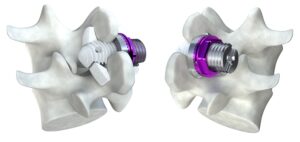
Minuteman (Minimally Invasive Spinal Fusion)
The Minuteman® is a minimally invasive, interspinous-interlaminar fusion device intended for the fixation and stabilization of the thoracic, lumbar, and sacral spine. Book a consultation
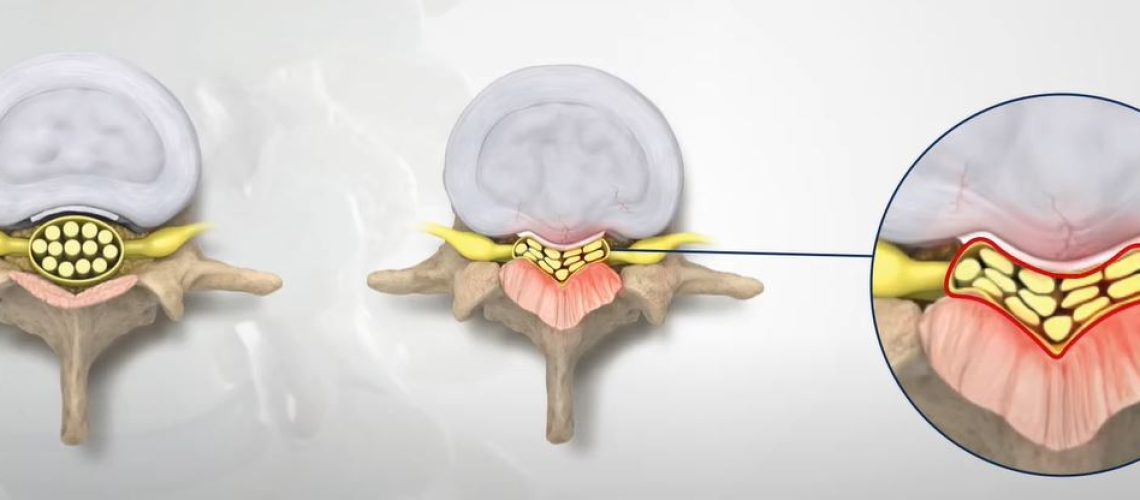

Home » Procedures » Minimally Invasive Lumbar Decompression (MILD)
With a safety profile similar to an epidural steroid injection, mild® restores space in the spinal canal to improve back and leg pain. Book a consultation with Dr. Roufaiel to find out if you are a candidate for the MILD procedure.
Minimally invasive lumbar decompression, commonly referred to as the mild® Procedure, is an outpatient procedure that relieves pressure on the spine. Like a water hose that has pressure on it or a drinking straw with a kink in it, the spinal canal can narrow and compress the spinal canal nerves in the lower back. To restore space in the spinal canal and reduce the compression of the nerves—or in the case of the water hose and drinking straw, increase the flow—a mild® Doctor uses an imaging machine and specialized tools to remove small pieces of bone and thickened ligament.
The mild® Procedure is different from traditional back surgery because it is an outpatient procedure that does not require general anesthesia, implants, stitches, steroids or opioids. Typically completed in less than an hour, mild® can be performed through a single, tiny incision smaller than the size of a baby aspirin (5.1 mm) using only local anesthetic and light sedation and leaves no implants behind. With a safety profile similar to an epidural steroid injection (ESI), but with lasting results, mild® addresses a major root cause of lumbar spinal stenosis (LSS) and can be performed as a steroid-free procedure, which limits immunosuppression risks associated with ESIs.
When diagnosing lumbar spinal stenosis (LSS), a medical history that lists your symptoms will be reviewed. Symptoms may include pain or numbness in the lower back when standing upright; pain, numbness, heaviness or tingling in upper legs and buttocks when walking; pain when lying down that may be relieved by curling into fetal position and temporary relief when bending forward. Other tests, including a physical examination to assess mobility, may also be performed as well as imaging, such as x-rays, an MRI or a CT scan.
Mild® may help patients diagnosed with lumbar spinal stenosis (LSS) stand longer and walk farther with less pain by treating the underlying cause of LSS symptoms in a minimally invasive way.
Benefits of the mild® Procedure
Following the mild® Procedure, most patients return home the same day and typically resume normal activity within 24 hours with no restrictions.
Yes, the mild® Device kit was cleared by the U.S. Food and Drug Administration for lumbar decompressive procedures.
The mild® Procedure is covered by Medicare (all ages, all plan types) nationwide and many commercial insurers are currently reviewing payment policies. Talk to Dr. Roufaiel to obtain coverage specifics for your plan type.
You can contact Dr. Roufaiel’s office to book an appointment to learn more and read more here at Vertos Medical.
Do you have more questions/concerns?
Contact Advanced Pain Management and Wellness Center!

The Minuteman® is a minimally invasive, interspinous-interlaminar fusion device intended for the fixation and stabilization of the thoracic, lumbar, and sacral spine. Book a consultation
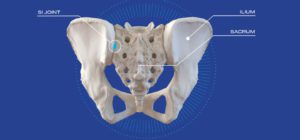
It is a minimally invasive, outpatient procedure which targets your sacroiliac joint that is located near your lower back and buttocks. During the procedure, Dr.
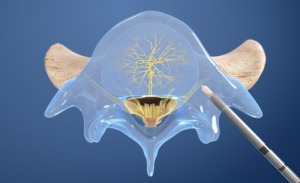
It is a minimally invasive, outpatient procedure which targets a nerve located in the bones of the spine (vertebrae). During the procedure, Dr. Roufaiel advances
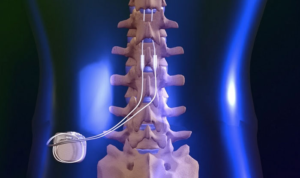
A Spinal Cord Stimulator (also known as Dorsal Column Stimulator) is an implantable device that helps control back pain. It is sometimes considered the “pain
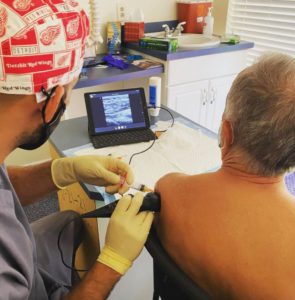
A Platelet-Rich Plasma (PRP) injection is performed using the patient’s own (autologous) blood to foster healing of an injury or after surgery. During the procedure,
Home » Procedures » Minimally Invasive Lumbar Decompression (MILD)
